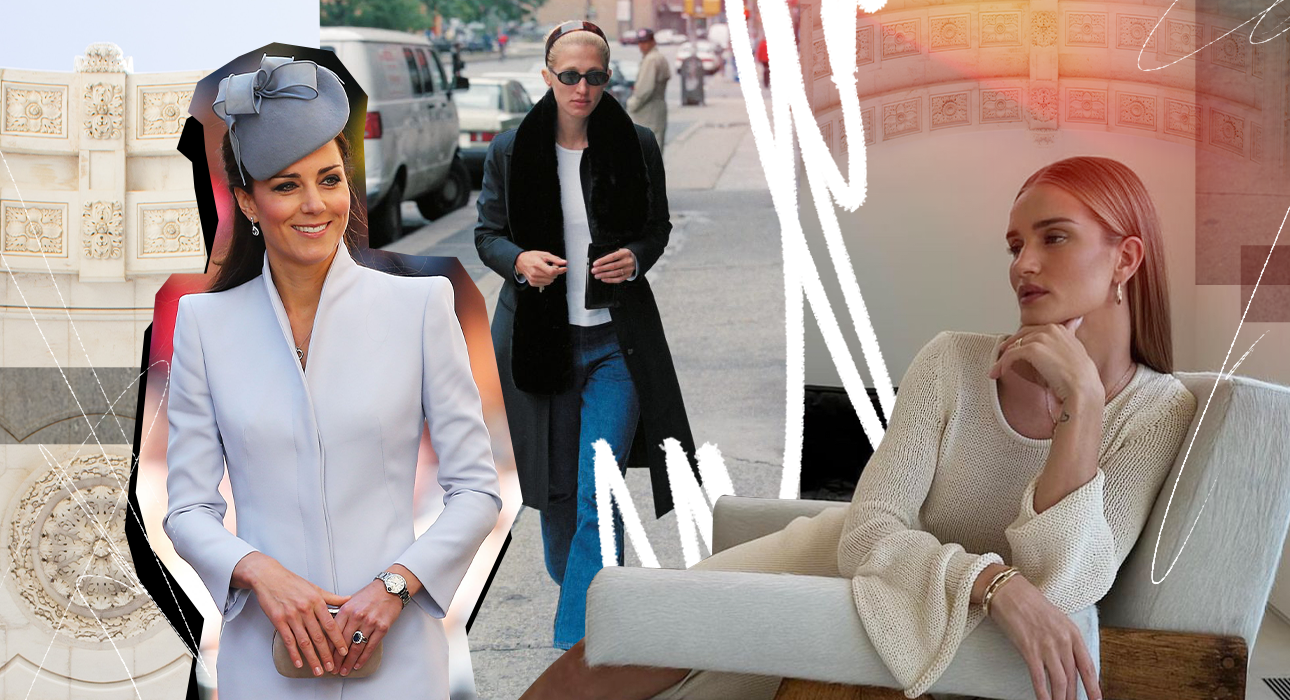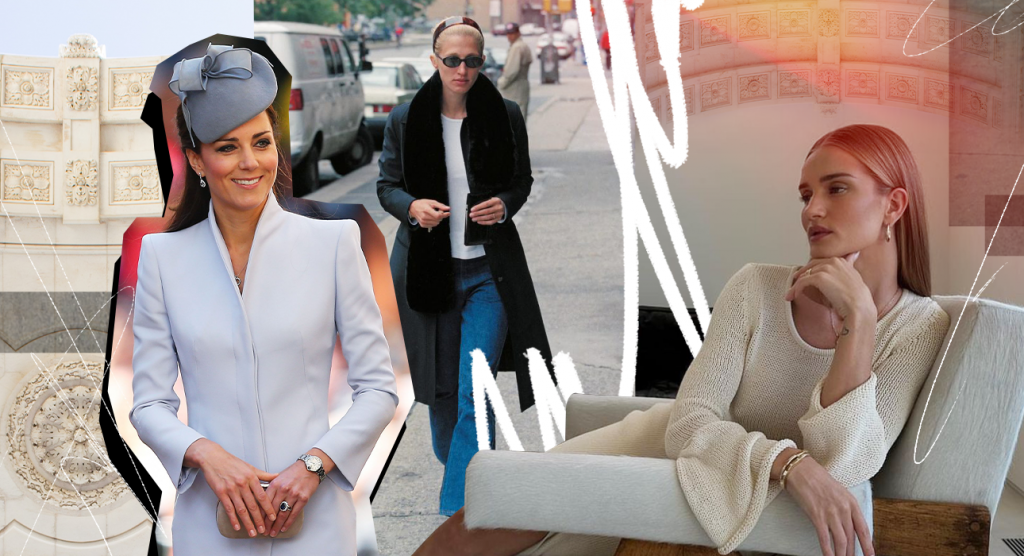
This season, everything related to the Quiet Lux aesthetic and Old Money style is at the peak of popularity. Street style heroes and fashion influencers are doing their best to promote intellectual minimalism and a conscious rejection of flashy logos and pretentious details. So now the trend, codenamed “less is more” principle.
Moreover, the style of Carolyn Bisset-Kennedy, who made conscious consumption a trend in the 1990s, and Serena van der Woodsen’s mother, Lily, is increasingly discussed on social networks. By the way, the images of the latter inspired the aesthetics of Rich-Mom Energy (which we talked about in this material). Gisele Bündchen, Katie Holmes, Angelina Jolie, Rosie Huntington-Whiteley and Gwyneth Paltrow are also considered adherents of the noble style. And yes, they look like real aristocrats.
Today we decided to reveal the secret of their style and compiled seven important rules that all real aristocrats follow. By the way, here we talked about 10 habits of representatives of the intelligentsia.
Rule No. 1. Focus on quality, not quantity
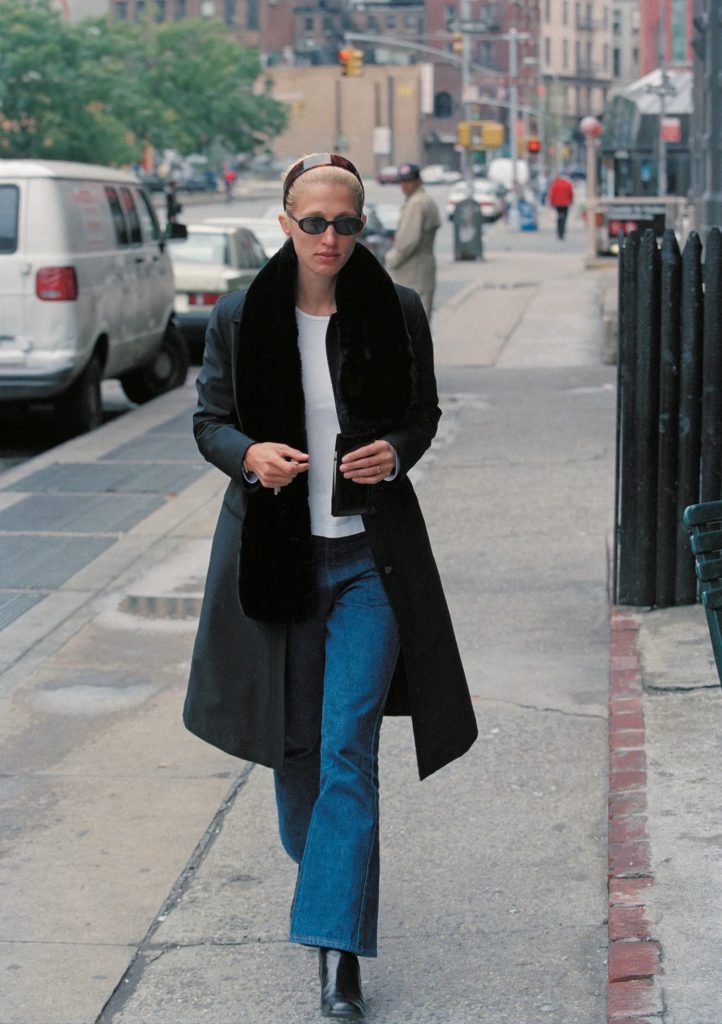
Carolyn Bisset-Kennedy is one of the main style icons of the 20th century and a true aristocrat. She often bought the same things and could wear them for years. However, most of the time she would reject gifts from luxury brands and send them back. We recommend taking Carolyn’s example and focusing on quality over quantity. Believe me, a cashmere sweater will serve faithfully for many years.
Rule No. 2. Choose natural fabrics

Products made from natural materials always look more noble. That is why real aristocrats choose products made of wool, cashmere, linen, thick cotton and silk. However, on the contrary, synthetics are ignored. By the way, if you do not know how to check the quality of products before buying, read our material again.
Rule 3: Forget logos
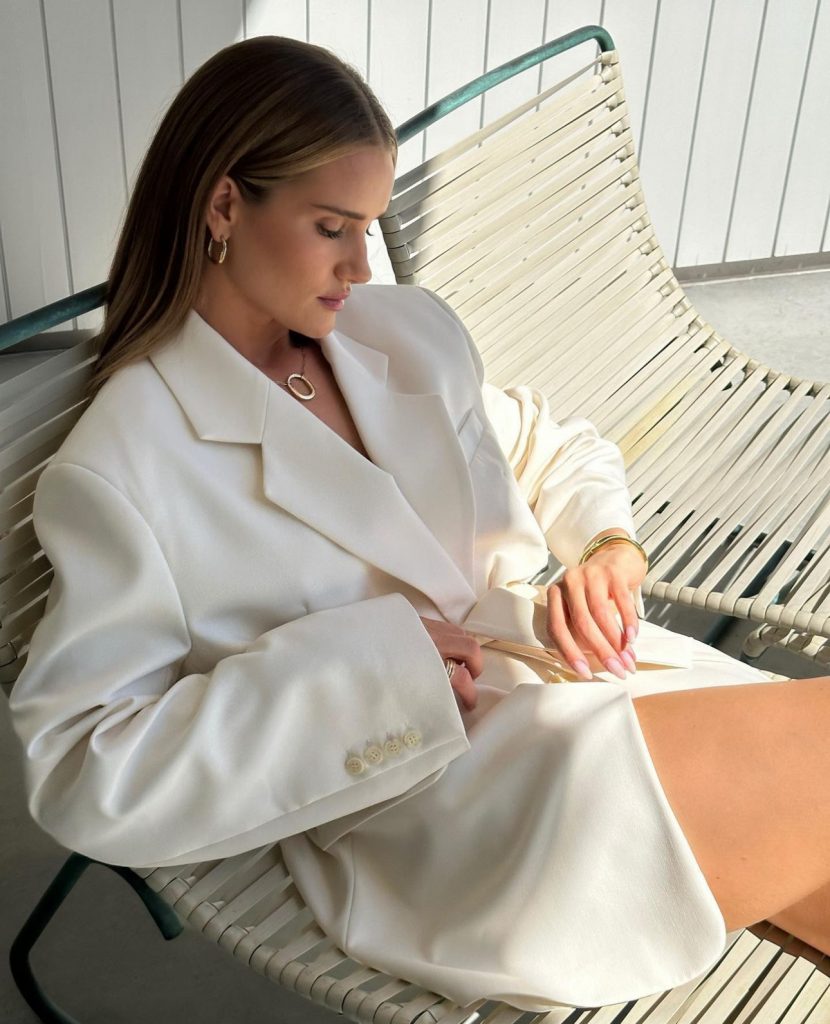
This season’s boom in flashy monograms is finally over. According to the analytical platform Tagwalk, the number of logos in the autumn-winter 2023 collections decreased by 54% compared to last year. If you want to dress like an aristocrat, we recommend that you take this trend into consideration. Swap hoodies and logo sweatshirts for gray cardigans in the spirit of Loro Piana. It will look expensive but at the same time very original.
Rule No. 4. Wear things in natural colors
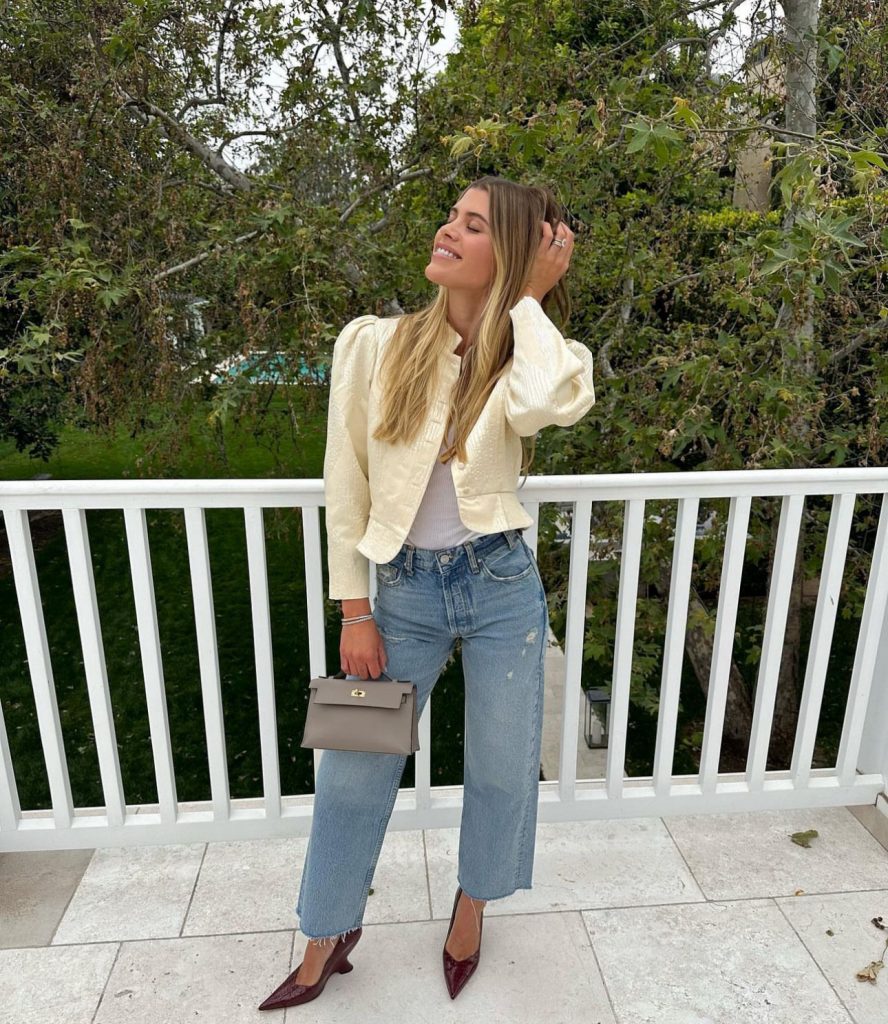
Aristocrats wearing neon shades are quite a rarity. They often prefer a muted color palette. For example, grey, beige, brown or burgundy. By the way, we mentioned the 7 most noble colors that look expensive in a separate article.
Rule No. 5. Don’t forget statement accessories
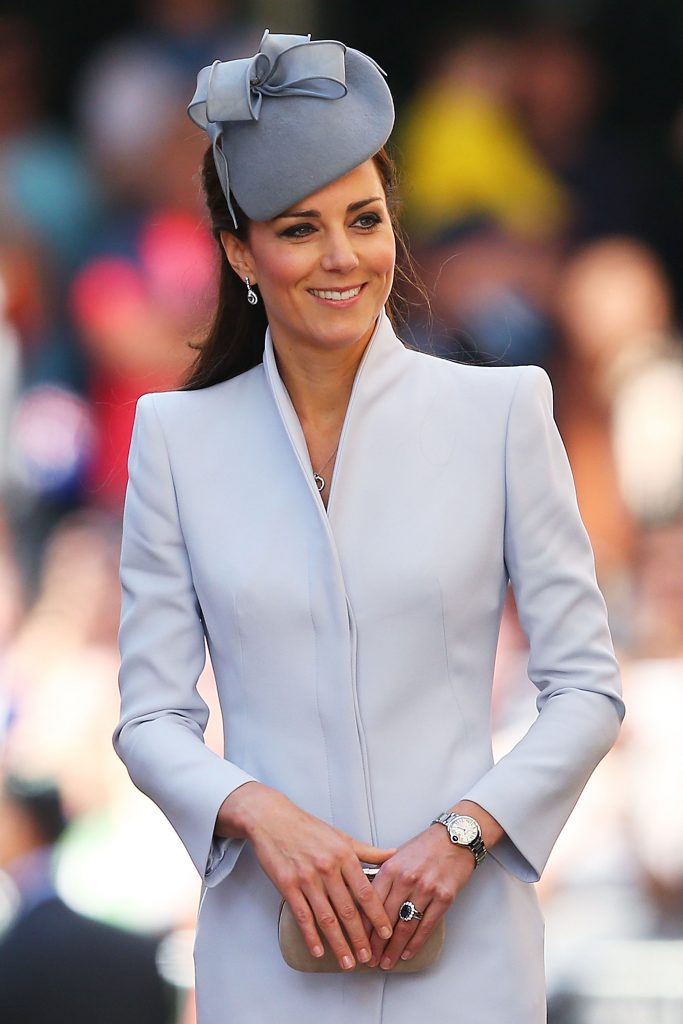
Many people believe that watches are an outdated accessory. But aristocrats are ready to argue with this. They never forget about statement accessories that subtly demonstrate the social status and financial status of their owners. Such items include earrings, rings and necklaces. True, jewelry should be in moderation so that the image does not look overloaded.
Rule 6. Choose classic shoes or dress shoes

Remember one simple rule: real aristocrats never wear trendy agli shoes. They will bet on classic loafers, heels, slingbacks, stiletto ankle boots and jockey boots. In general, respect for the classics is the basis of the style of representatives of the intelligentsia. So, if you want to move in this direction, give up thick boots and sneakers in your daily look.
Rule No. 7. Don’t chase trends

There are more and more trends every year. And their looks are influenced not only by the catwalk, but also by social networks. But representatives of the upper class do not pay attention to microtrends, the number of which goes to infinity. It has its own style and is not affected by external factors. Look at members of royal families and famous heiresses, for example.
Is there an error in the text? Select it and press Ctrl + Enter
Let’s be friends?
Source: People Talk
Elizabeth Cabrera is an author and journalist who writes for The Fashion Vibes. With a talent for staying up-to-date on the latest news and trends, Elizabeth is dedicated to delivering informative and engaging articles that keep readers informed on the latest developments.

